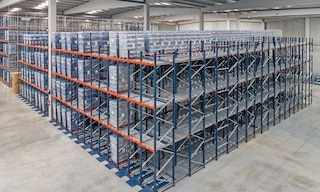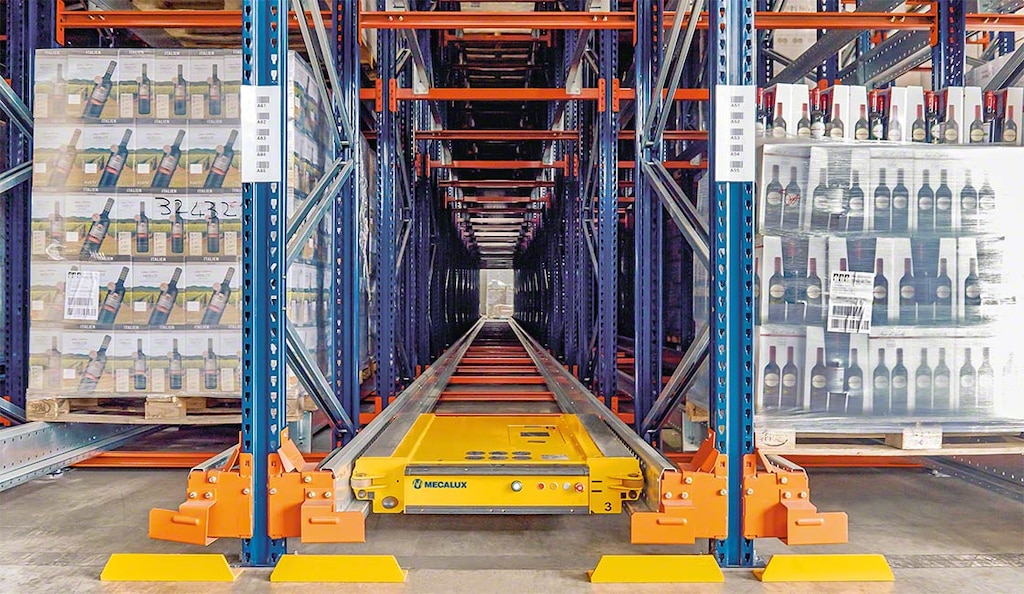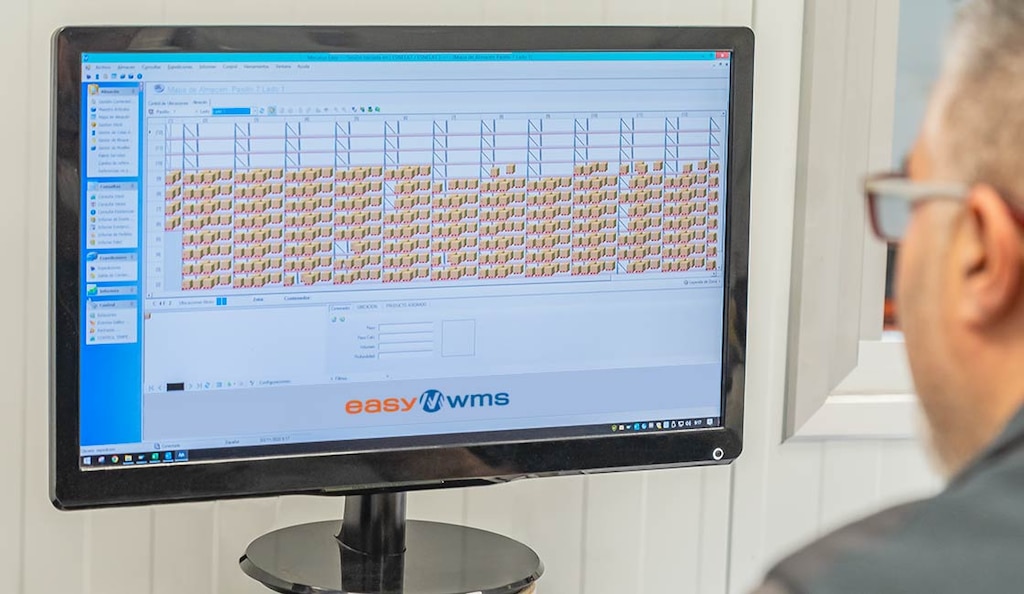
FIFO method in inventory management
The FIFO method (first in, first out) is an inventory organization strategy that allows perfect product turnover: the first goods to be stored are also the first to be removed.
For the FIFO method to be effective, the warehouse needs, among other factors, an excellent distribution of space and the choice of industrial storage systems that facilitate the proper organization of the products.
FIFO method: what is it?
The FIFO strategy is an inventory management method whereby the goods stored first are the first to be distributed. Certain items are dispatched before others because their expiration date is closest or because they’re more likely to become obsolete.
The FIFO method is commonly used in warehouses with perishable products or with materials that may deteriorate if stored for a long time. This logistics strategy contributes to sound inventory management, avoiding losses and cost overruns caused by the deterioration of merchandise.
Sectors such as the food, chemical, pharmaceutical, and textile industries use this stock management method to achieve a flawless turnover of goods and guarantee the continuous movement of products.

In contrast to the FIFO method, logistics facilities can also choose to follow the LIFO (last in, first out) placement strategy. This inventory management method means that the last items to enter the warehouse are the first to be distributed.
Advantages of the FIFO method
Implementing the first in, first out stock management strategy provides the following advantages:
- Perfect product turnover: it’s a common method in facilities with a high volume of shipping and receiving activity. FIFO enables a flawless stock turnover by organizing shipments according to their order of arrival.
- Lower risk of expiration/obsolescence: the products remain in storage for a limited time, which prevents them from expiring or becoming obsolete.
- Quality control: tracking incoming and outgoing goods in the facility reduces the possibility of stock losses.
When applying the FIFO method, the warehouse manager must organize (or reorganize) the workflows to favor logistics performance. This location strategy requires precise stock control, which is sometimes impossible to achieve manually. Digitizing inventory control with a warehouse management system (WMS) ensures that products are distributed in an orderly manner according to their order of receipt.
Logistics solutions for the FIFO method
There are many intralogistics solutions for implementing the FIFO strategy in a facility. In terms of stock control, it’s common to replace manual stock management with WMS software to eliminate the risk of errors in the organization of goods. This is the case of the winery Viñas Familia Gil in Spain, which uses Easy WMS software to control its stock. At the winery’s warehouse, FIFO management of the merchandise is key to the correct distribution of 12 million bottles of wine per year. With the Mecalux Group software, the business ensures that products are managed according to the FIFO method: pallets with wines that have been bottled first are stored and dispatched first. “The software is capable of optimizing movement, ensuring traceability and speed in the execution of tasks. In addition, it allows us to efficiently receive all goods coming from different work centers, knowing in advance all the information on the products pending arrival,” says Diego Lozano, Operations Director of the company.
To achieve maximum efficiency in the FIFO method, it’s essential to equip the facility with storage systems that foster stock turnover. Pallet flow racks are a common solution in warehouses with this strategy. These racks are compact structures consisting of storage channels with rollers, set at a slight incline. The goods are fed through the loading aisle, sliding by gravity over the rollers to the opposite end, where the unloading aisle is located. With this storage system, the first pallet to enter is always the first to leave, so product turnover is scrupulously respected.

One of the storage systems that provides the greatest performance when it comes to the FIFO method is the semi-automated Pallet Shuttle. This solution incorporates one or several motorized shuttles responsible for managing the loads autonomously. To follow the first in, first out strategy, a racking unit with two working aisles can be installed: one for inserting the pallets and another for retrieving them. Inside the storage channels, the electric shuttle automatically deposits and removes the pallets from their locations.
The Mecalux Group’s semi-automated Pallet Shuttle was the system chosen at the warehouse of logistics provider Genta to manage goods following the FIFO method. “This solution guarantees perfect product turnover,” says company owner Domenico Genta. The Pallet Shuttle system has minimized operator maneuvering times; they no longer have to enter the lanes to handle the pallets.
Automated storage and retrieval systems (AS/RS) can also operate with the FIFO method. For example, dairy business Esnelat (Iparlat Group) equipped its logistics center in Spain with an AS/RS from the Mecalux Group to efficiently move, store, and dispatch perishable goods. For the company, the FIFO strategy is indispensable. Pallets of milk in carton packs must be stored and dispatched in an organized manner according to production and expiration dates for safe consumption. Automation provides agile, productive, and error-free operations and advanced goods management. Esteban Robles, Technical Director of the Esnelat, says: “We need to manufacture, store, and dispatch approximately 80 million gallons of milk and dairy products per year. In logistics terms, the figure amounts to 350,000 pallets per year, with their corresponding characteristics, turnovers, and demand levels. Each item requires proper FIFO management and strict traceability control.” To ensure real-time control of the goods, the company implemented the Mecalux Group’s Easy WMS software, which coordinates and manages all pallet movements in the warehouse.

FIFO method to maximize warehouse throughput
Successfully implementing the FIFO method goes hand and hand with storage systems that enable perfect product turnover and WMS software that controls goods-in/goods-out processes. Businesses with many high-turnover items are turning to automation to streamline their operations and boost the performance of their logistics facilities.
When choosing the ideal storage systems for the FIFO strategy, it’s advisable to rely on an integrated logistics provider with experience in the design and implementation of warehouse solutions. Interested in getting the most out of your supply chain? Don’t hesitate to contact us. An expert consultant will advise you on the best option for your company.
